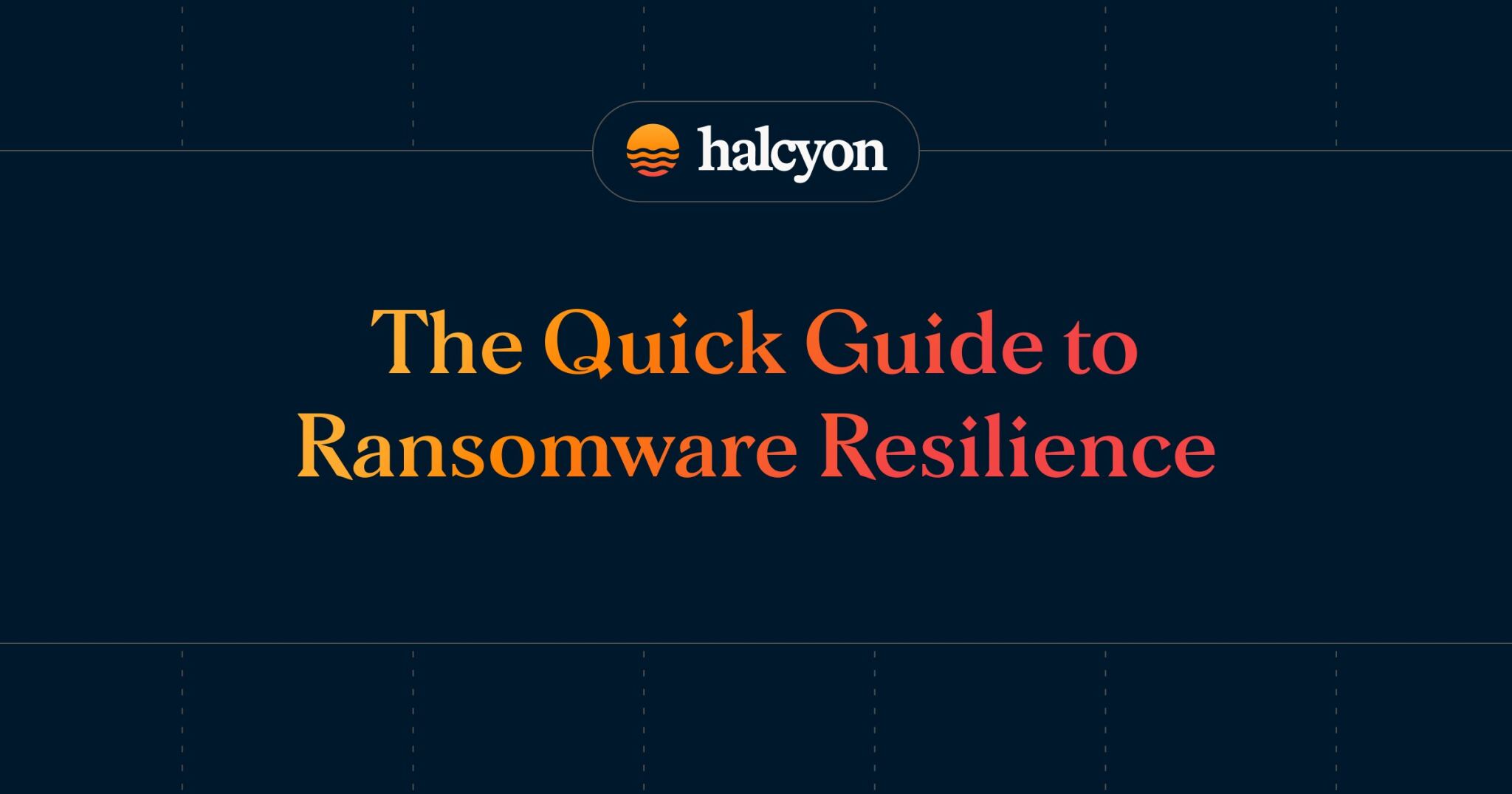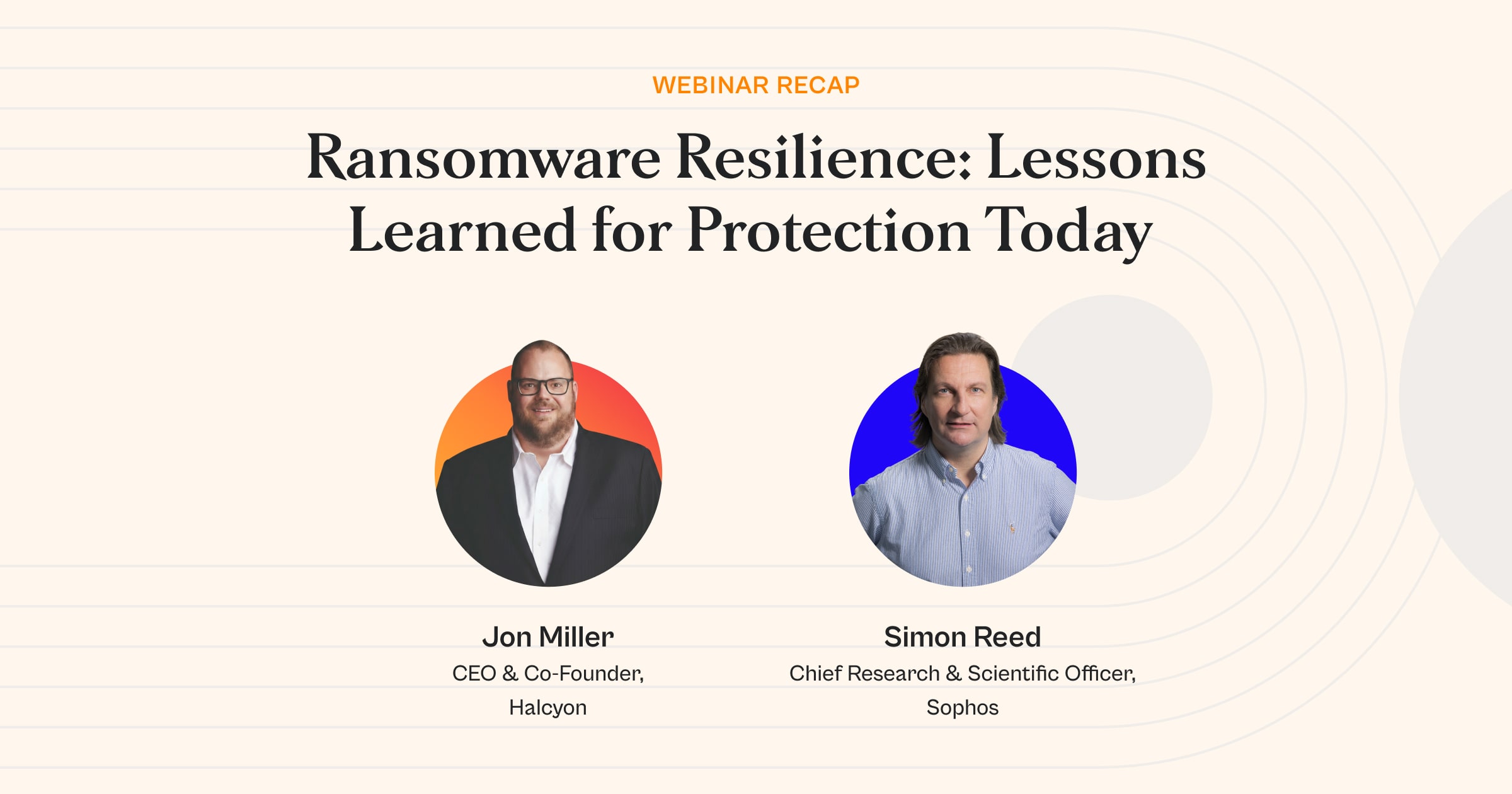What is the Difference Between Ransomware and Data Wipers?


Ransomware and data wipers are menacing adversaries in the digital world, each employing encryption as a weapon. Yet, despite surface similarities, their modus operandi and objectives differ significantly.
Ransomware: Encryption for Extortion
At its core, ransomware is a form of digital blackmail. It encrypts victims' files, effectively taking them hostage, and then demands a ransom in exchange for the decryption keys. Leading ransomware strains, such as Ryuk, Conti, and REvil, harness hybrid cryptosystems.
These systems merge the security of asymmetric encryption techniques (like RSA and ECC) for key exchanges with the speed of symmetric methods (such as AES) to quickly encrypt vast swathes of data.
The prime targets? Documents and files pivotal to business continuity. By withholding the decryption keys, cybercriminals exert immense pressure on victims, hoping to coerce them into paying the ransom.
Data Wipers: Encryption for Destruction
On the other end of the spectrum lie data wipers, such as Shamoon and ZeroCleare. Unlike ransomware, their objective isn't extortion but sheer destruction. Employing symmetric encryption algorithms, they rapidly encrypt files with keys conjured on-the-fly.
These keys are never stored or retained, rendering data recovery an exercise in futility.
Further enhancing their destructive prowess, data wipers adopt worm-like characteristics to proliferate across networks, leveraging vulnerabilities and pilfered credentials.
Their mission is unambiguous: cause utmost havoc by annihilating data, including those on backup servers and ancillary storage devices.
Deciphering Intent Through Cryptographic Behavior
The way each malware manages its cryptographic keys serves as a stark indicator of intent. Ransomware's retention of keys betrays a financial objective, while the spontaneous discarding of keys by data wipers signals a commitment to irrevocable damage.
Moreover, while some ransomware strains might delete backups, they do so strategically, hoping to ratchet up the pressure on victims. In contrast, the obliteration by data wipers is more wholesale, devoid of any underlying business rationale.
Decoding and Defending
For organizations, the ability to promptly differentiate between ransomware and data wipers via technical assessment is crucial, guiding their response strategy. However, it's worth noting that the most potent safeguard against both these threats is a robust and resilient defense infrastructure.
Halcyon.ai is the industry’s first dedicated, adaptive security platform that combines multiple advanced proprietary prevention engines along with AI models focused specifically on stopping ransomware – talk to a Halcyon expert today to find out more. Halcyon also publishes a quarterly RaaS and extortion group reference guide, Power Rankings: Ransomware Malicious Quartile Q2 2023 (PDF).
Related Posts
See Halcyon in action
Interested in getting a demo?
Fill out the form to meet with a Halcyon Anti-Ransomware Expert!





